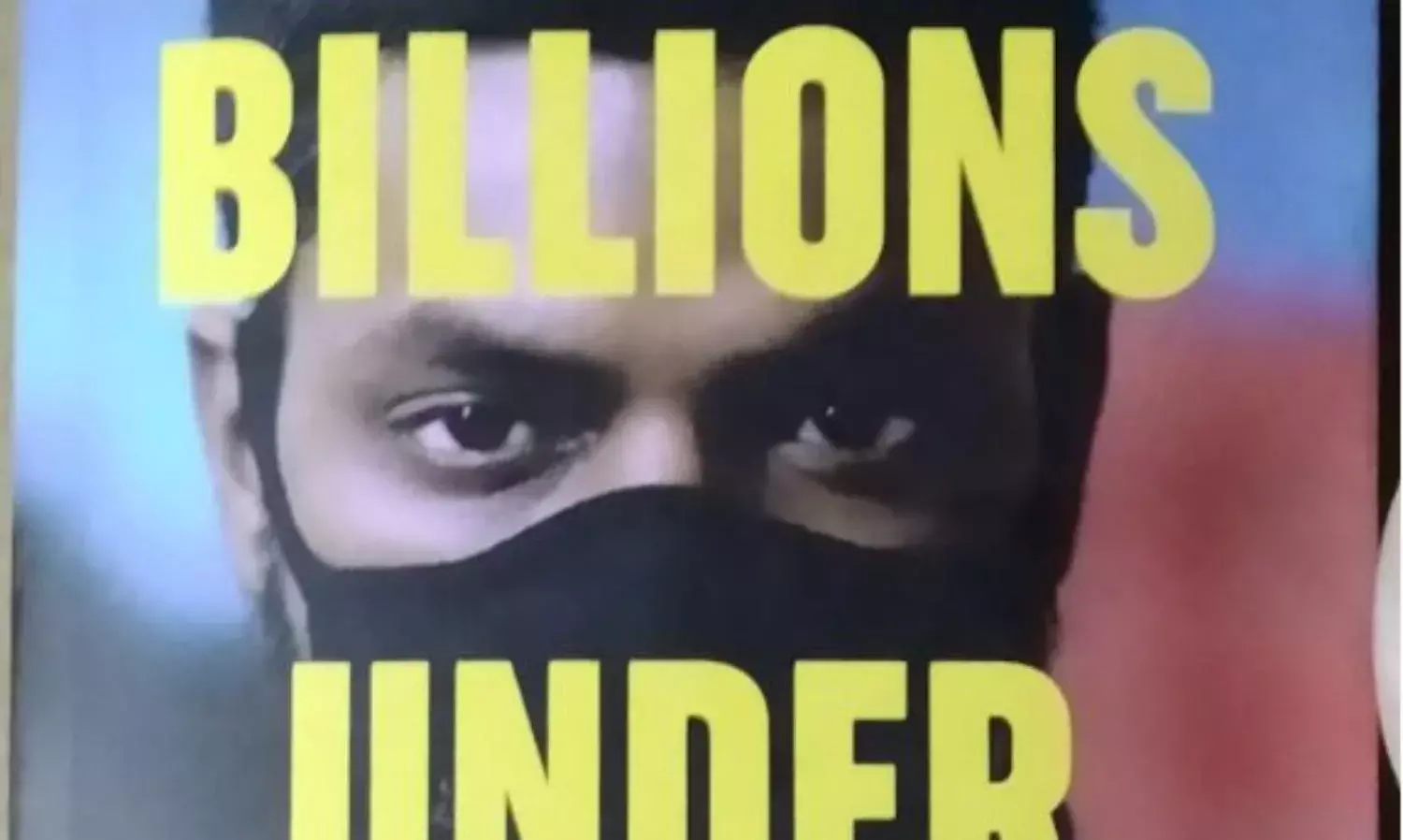
A fascinating insider account about the way the medical fraternity in India dealt with the pandemic is laid out by ace health journalist Abantika Ghosh in her book Billions Under Lockdown published by Bloomsbury India. It should actually be read from the last page backwards.
After giving us a behind the scenes look at the entire scenario Ghosh writes, “In conclusion India was saved either by God (if there is one) or by science. God, if the numbers were true and the infection just miraculously dropped. Science, if supermodel estimates were correct and India had indeed achieved herd immunity.”
Of course this was before the ongoing second - or is it third or fourth wave.
The virus onslaught has taken a toll on millions around the world, more so in countries with advanced medical infrastructure.
The most striking feature of this book, written like the diary notes of a painstaking journalist, is that it makes one feel guilty that we as a people do not take medical journalists more seriously.
This is strange in a country which places the doctor on the pedestal of a god.
For most of us, including know-all journalists like me, it comes as a total surprise that the first meeting about the deadly virus in India was indeed held on January 8, 2020.
An intrepid reporter, Ghosh herself gives the reasons for this, saying that readers in January were more interested in the Shaheen Bagh protests, Deepika Padukone’s visit to JNU, or the government decision to allow handpicked diplomats to visit locked down Kashmir.
Then in February, the ‘Namaste India’ Donald Trump visit and Delhi riots dominated all the news and government attention.
But as cases in India marched upward, Union health minister Dr Harsh Vardhan took note of a new strain of virus that had surfaced in Wuhan.
What this detailed book about the medical fraternity’s fight against the new coronavirus does is to highlight the commendable work done by institutes like the National Centre for Disease Control and the Integrated Disease Surveillance Program, which we have not even heard of.
It was these institutes that played a vital role in tracing the infected people and their contacts, essential tools in dealing with any communicable disease.
Ghosh writes, “If there was an Indian medical detective series on emerging infections, the epidemiologists from the IDSP would certainly play starring roles.”
But the sincerity or efficiency of such agencies is a total waste as they become mired in controversies created by the higher-ups who seek their two minutes of fame in such crisis situations.
A journalist is not true to their profession if they are insensitive to the basic etiquette required at least in public behaviour. Instances of this side of Ghosh are aplenty in the narrative of this huge tragedy, but it also reflects on us.
For instance, she writes about a press conference held by Dr Vardhan when the first Indian case of a 20 year medical student arriving from Wuhan on January 23 was found to have infected a lot of people.
The minister , according to the author, scrupulously avoided giving out the name of the doctor or identity, but inadvertently gave out the name of her maid. When a lady officer sitting next to him nudged him, he smartly replied, “Chaliye maid hi to hai.”
This disregard for those on the lowest rung, writes Ghosh, came out openly later when New Delhi showed its total disdain for the lakhs of migrants trudging miles on foot with their children in tow, because of the sudden surprise lockdown.
As Ghosh writes, “there was no effort made by the government to have any targeted communication with millions of migrant labourers across the country – except for the diktat, ‘Jo jahan hai wahi rahiye’.”
The ‘inside story of India’s fight against COVID-19’ is not only about how India’s scientists burnt the midnight oil reading, researching, collaborating, consulting with their counterparts around the world to keep up with corona.
What gives it flavour are the stories of intrigue, of one-upmanship among officers of the health minister being cut down to size with his weekly press conferences stopped, of the Ministry of AYUSH recommending its own set of herbs and homeopathics allegedly to prevent corona infection.
Writes the author, “It was irresponsible, particularly in a country where medical misinformation is endemic, for the government to come out and claim the prophylactic efficacy of a medicine against a virus that was new to the world.”
And towards the end of 2020 came the unseemly the story of “lobbying” for the Covaxin and Covieshield vaccines for acceptance as the official vaccine. This chapter reads almost like a blockbuster, with both sides putting across their claims by patronising the media and boasting of their suitability, till intervention from the highest level led to both vaccines being declared effective at the same time, although one had yet to finish trials.
Where does all this leave us?
We don't know how long the vaccine will protect us, if it does entirely. We don’t know what the gap between two doses should be. There are reports of infection and death even after taking both the doses.
Are we back to the beating thalis and ringing bells stage?
Billions Under Lockdown by Abantika Ghosh

